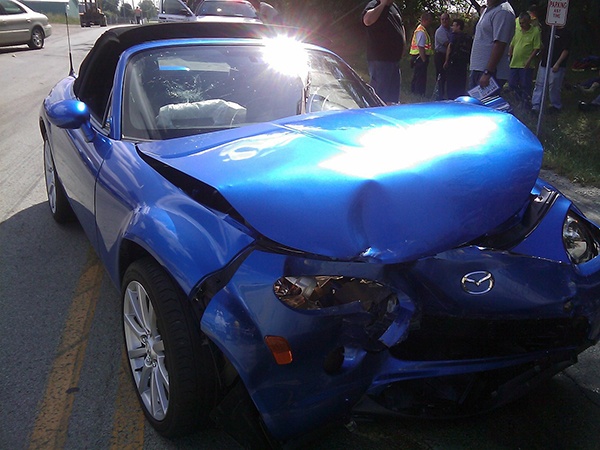Spring Forward

At the end of National Sleep Awareness Week, we “spring forward” into Daylight Savings Time (except those in Arizona and Hawaii) and move an hour of daylight from the morning to the evening. Adjusting to DST has many negative effects, some lasting longer than just the Monday after the switch to DST.
- Sleep disturbances
- Fatigue, feeling tired, or sleepiness
- Decreased productivity
- Increase in accidents in the workplace
- Increase in car accidents due to driving in the dark in the morning
According to a study by Dr. Amneet Sandhu, a cardiology fellow at the University of Colorado in Denver, heart attacks increase by 25% on the Monday after switching to DST and fall 21% on the Monday after DST ends (November 1 this year).
“Like anytime you lose sleep, springing forward causes decreases in performance, concentration, and memory common to sleep-deprived individuals, as well as fatigue and daytime sleepiness.” (Business Insider).
Not enough sleep every night
But the switch to Daylight Savings Time isn’t the only time most people don’t get enough sleep. One-third of Americans don’t sleep long enough, as most adults average only 6 1/2 hours of sleep a night. According to the National Sleep Foundation, adults actually need between 7-9 hours of uninterrupted sleep to properly function.
“Sleep impairment is linked as a contributing factor to motor vehicle crashes, industrial disasters, and medical and other occupational errors. Persons experiencing sleep insufficiency are more likely to have chronic diseases such as cardiovascular disease, diabetes, depression, or obesity” (CDC MMWR).
You can help avoid the negative effects from the change to DST by trying to get extra sleep in they days around the switch. Try to get at least the recommended 7-9 hours of sleep.

